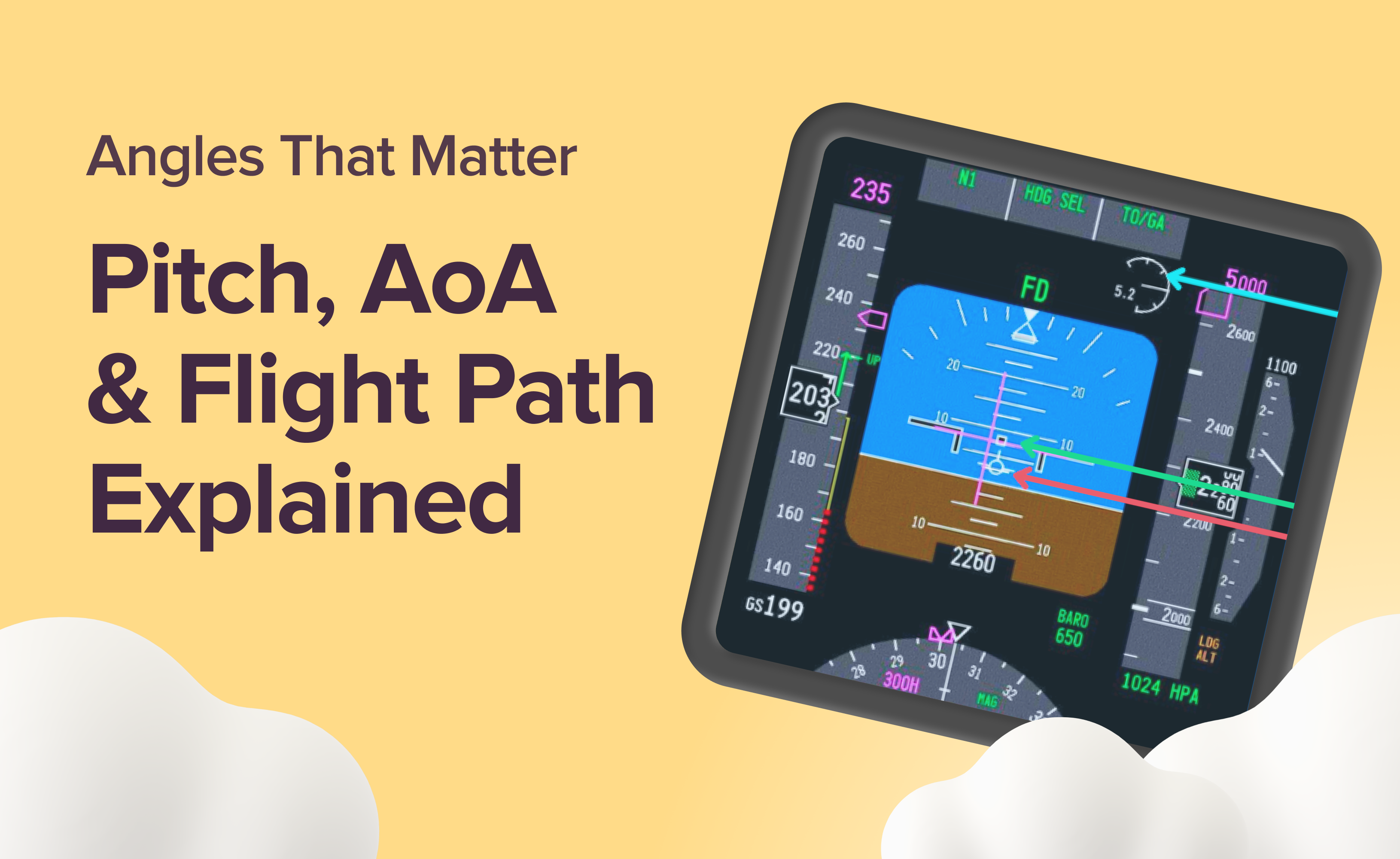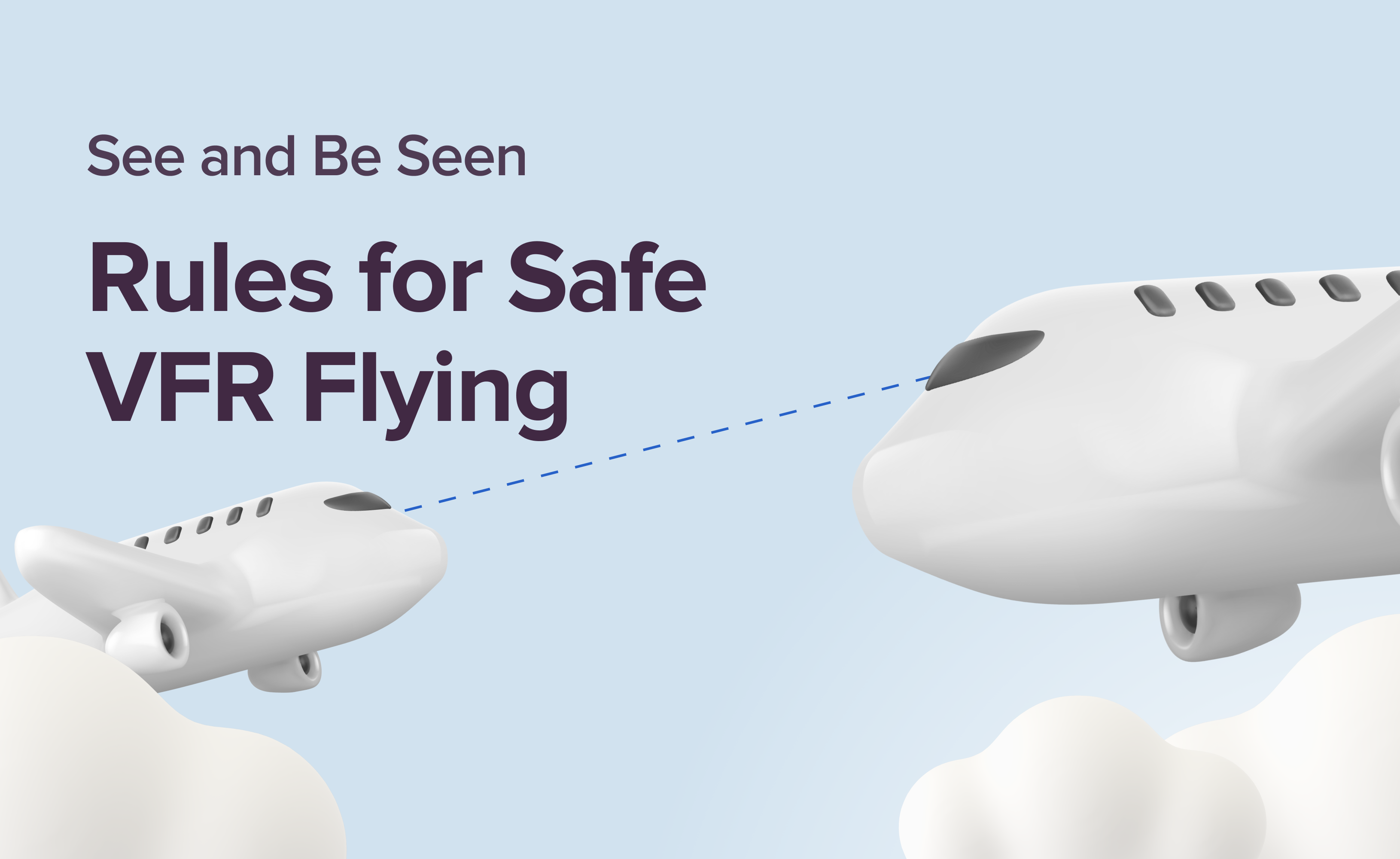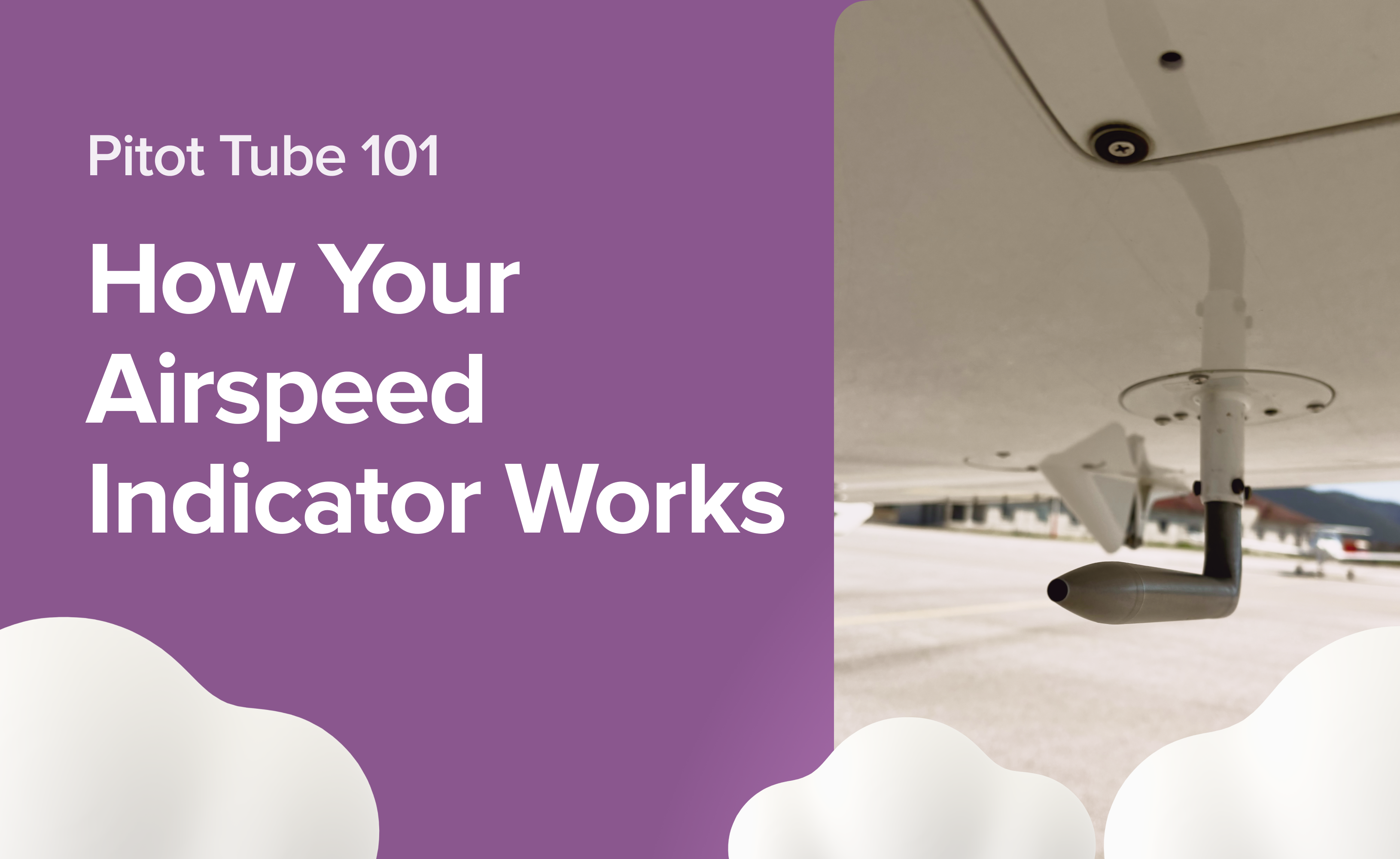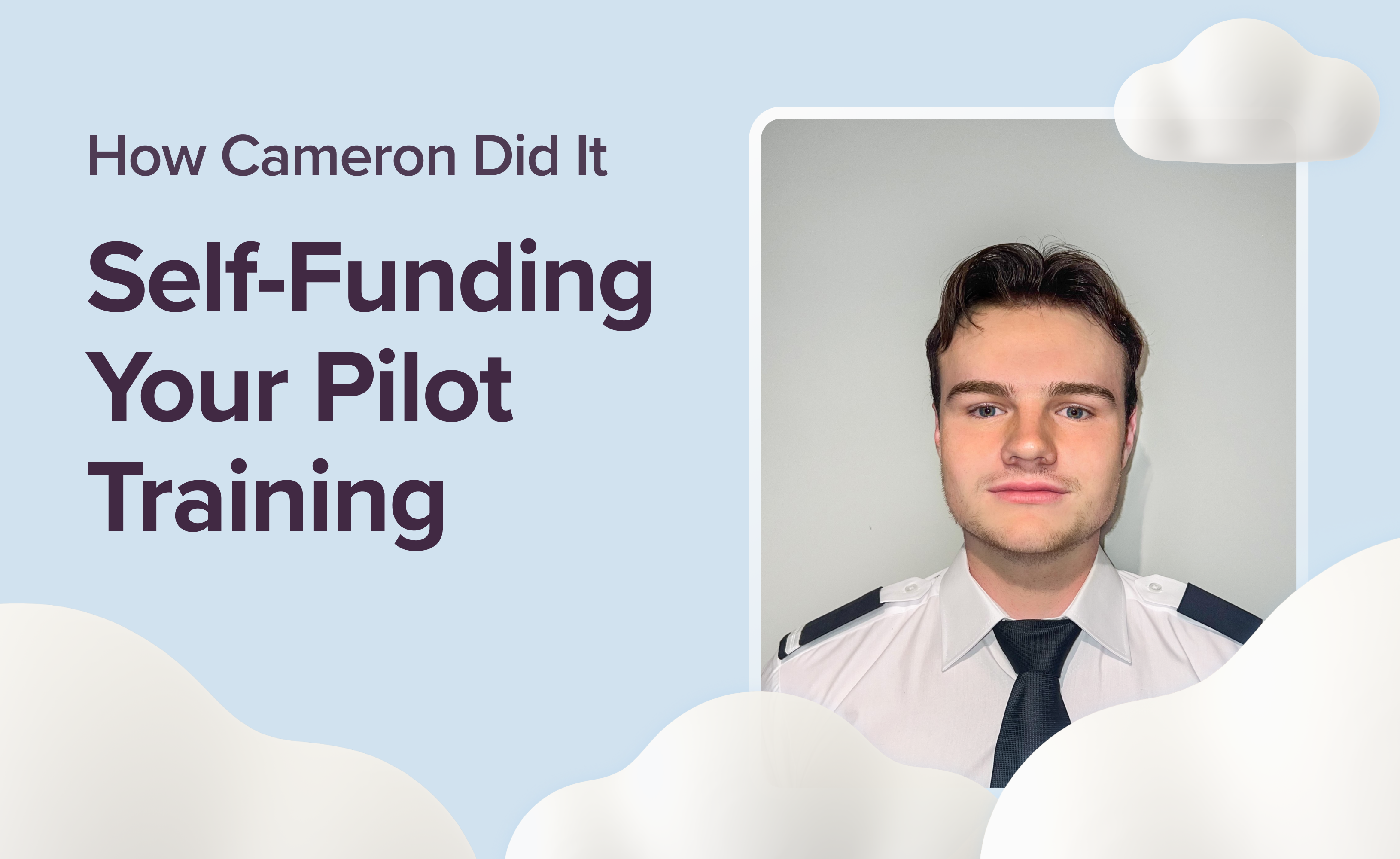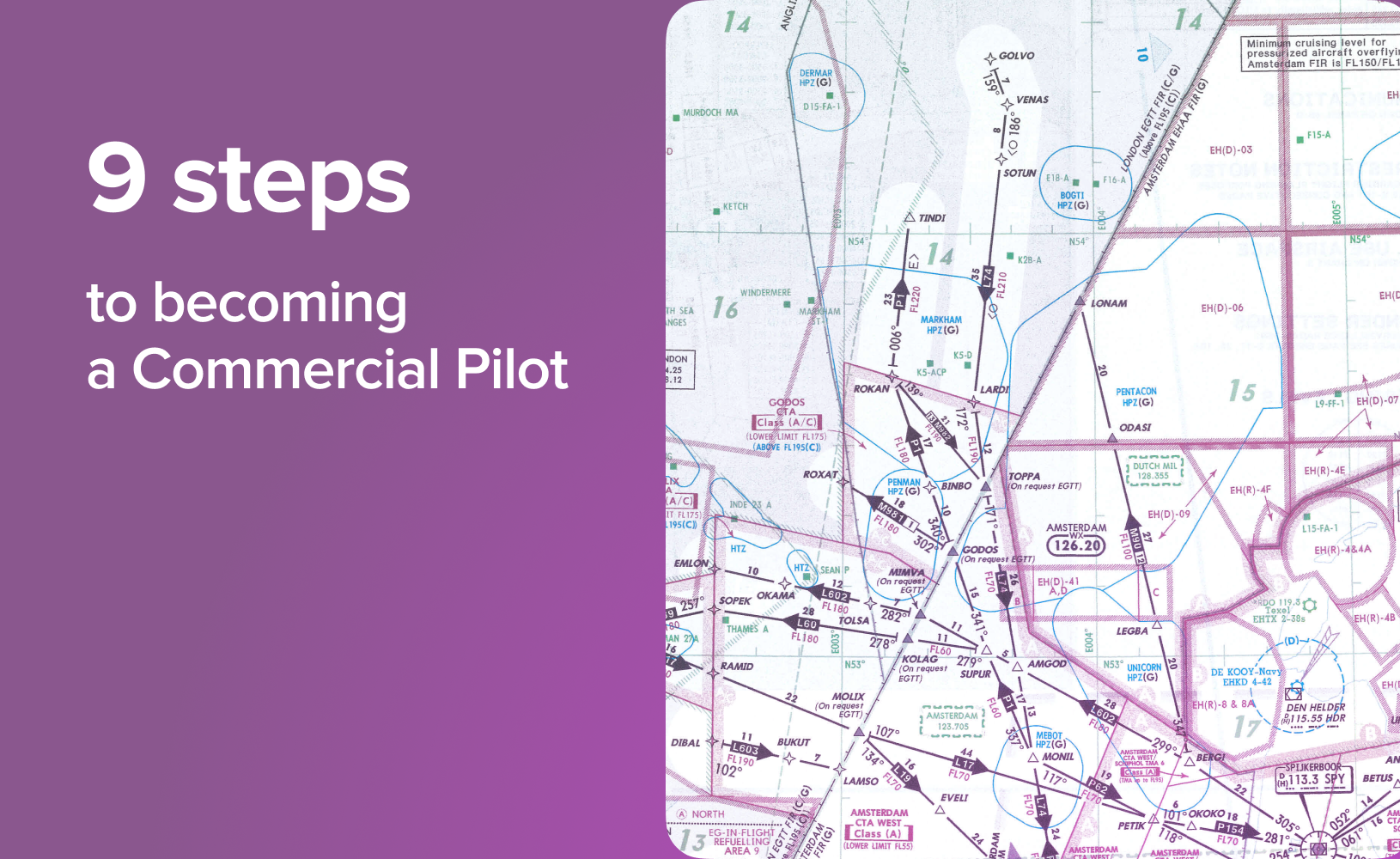Stalls Explained: The Basics of Lift Loss in Flight

Few things rattle a new pilot quite like the idea of a stall. Just the word sounds dramatic—and in early training, the thought of your aircraft suddenly dropping can feel like your worst fear realised. But here's the truth: a stall isn’t a mystery, and it’s not something to fear, if you understand what’s happening and how to recover.
In fact, stalls are a normal part of learning to fly, and they’re a crucial part of every pilot’s skillset. This blog breaks down what a stall really is (hint: it’s got nothing to do with your engine quitting), why it happens, how to recover smoothly, and the common misconceptions that make it sound scarier than it is. By the end, you’ll be one step closer to feeling confident when you hear the word stall, because you’ll know exactly what to do.
Fly safely across Europe: Our guide, See and Be Seen: Rules for Safe VFR Flying, breaks down the essential VFR rules you must know for confident piloting.
What Is a Stall?
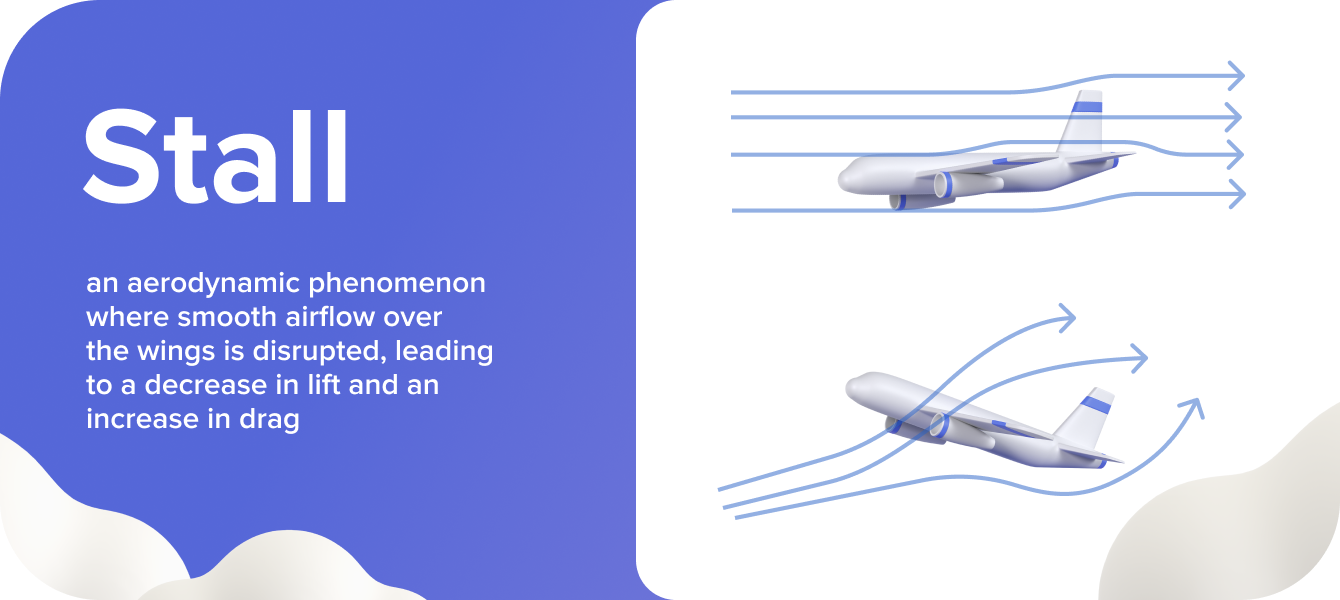
In aviation, a stall isn’t when the engine quits or the aircraft suddenly “falls out of the sky.” A stall happens when the wing no longer produces enough lift to support the aircraft — and that’s directly tied to the angle of attack (AoA).
A stall occurs when the angle between the wing’s chord line and the oncoming airflow (relative wind) becomes too steep, exceeding the critical angle of attack, which for most training aircraft is around 15°–18°. At this point, smooth airflow over the top of the wing breaks down, and lift is lost.
Stalls are not speed-dependent. You can stall at any airspeed if you exceed the critical AoA—yes, even in a dive or steep turn.
Stalls are a function of AoA, not necessarily low speed (though low speed increases the risk). Every wing can and will stall if the pilot commands too much angle of attack.
Understanding stalls early helps you build confidence and eliminate fear. Once you grasp that a stall is just an aerodynamic condition, and one you can control, you’ll see it as a manageable (and trainable!) part of flight.
Our latest blog, In the Loop: How to Fly the Basic Traffic Pattern, breaks down each leg of the traffic circuit, explaining what to expect at every stage and how to fly it with ease and safety.
What Causes a Stall?
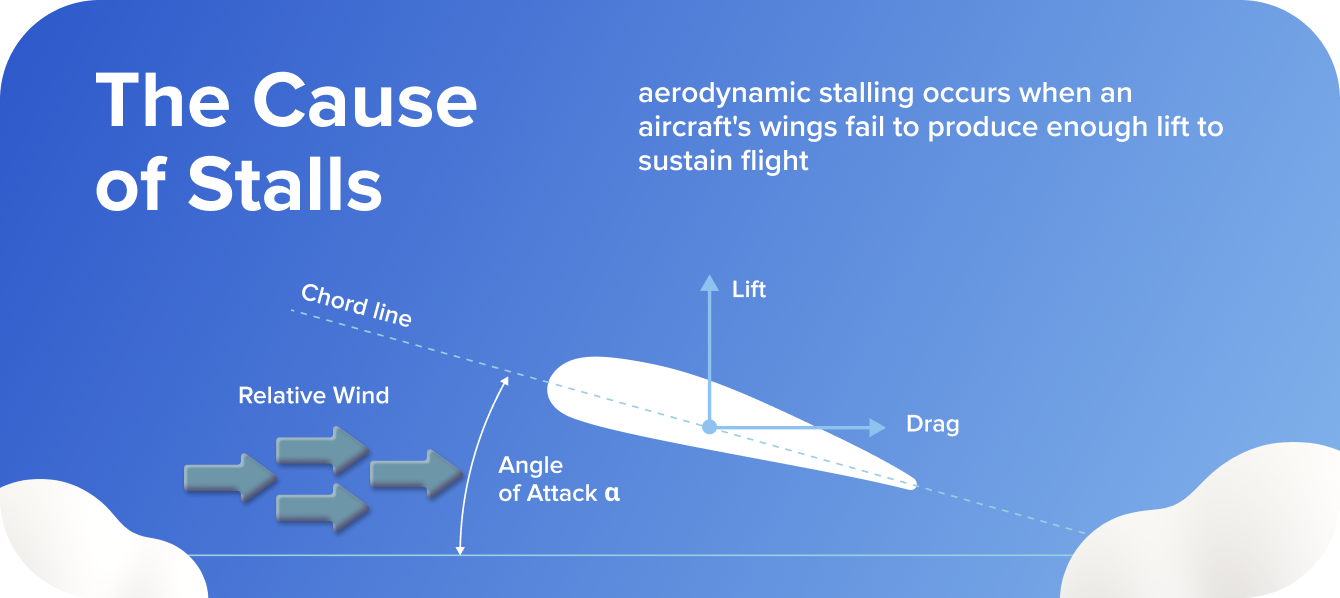
If a stall is the loss of lift due to exceeding the critical angle of attack (AoA), then naturally, the next question is: What causes that angle to be exceeded in the first place?
The short answer? Pilot input.
Let’s break it down a bit further.
No matter the flight phase, climb, cruise, turn, or descent, a stall occurs when the wing is pitched too steeply into the relative wind. When the wing hits this air at too steep an angle, air can no longer flow smoothly over the top, and lift collapses.
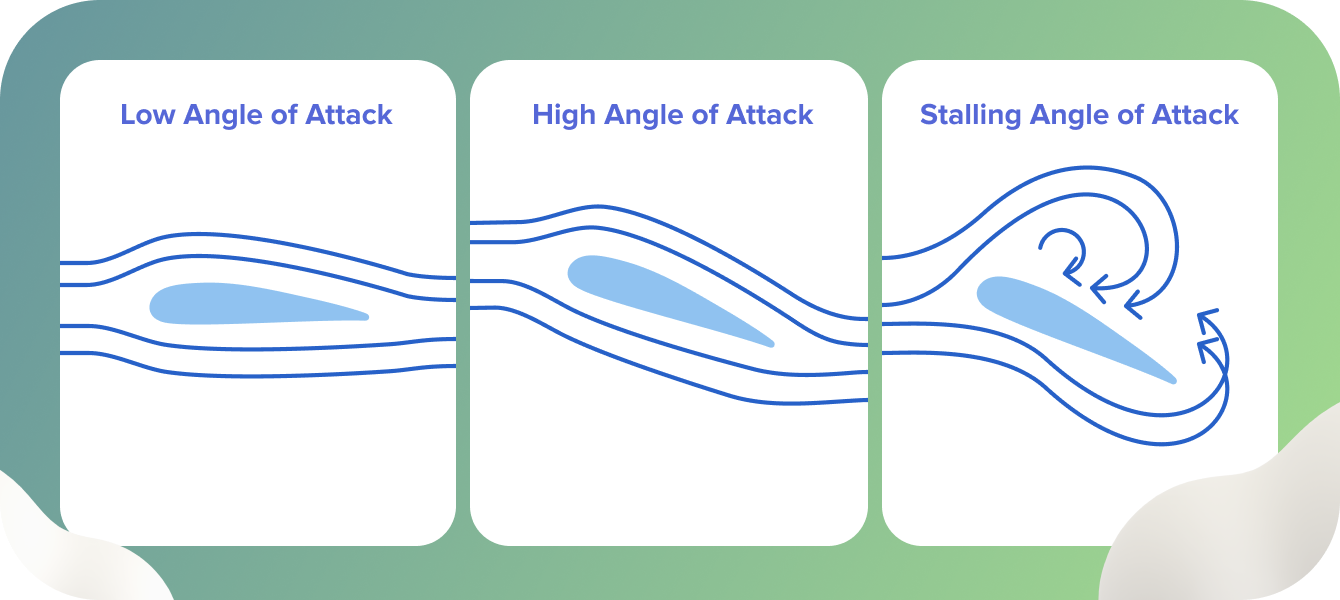
Common Situations That Lead to Stalls:
Low and Slow. Approach and landing are prime stall zones. As airspeed decreases, the pilot often increases pitch to maintain altitude… and that’s when the AoA can sneak past the critical point.
Abrupt Pitch-Up. In a climb or turn, yanking back too aggressively on the yoke can spike the AoA. And that’s all it takes.
Overbanked Turns. Tight base-to-final turns can lead to accelerated stalls, where increased G-loads make the wing stall at a higher airspeed than expected.
Distractions and Poor Situational Awareness. Many stalls happen because the pilot is distracted, mismanaging airspeed, or not scanning properly. Fatigue, stress, or task overload can all contribute.
Consistently achieve smooth landings and master flap adjustments with our in-depth guide, Flaps, Lift & Drag: The Secret to Smooth Landings.
How to Recognise a Stall in Flight?
One of the most important aspects of stall recovery is knowing when one is about to happen. The earlier you detect a stall, the smoother and safer your recovery will be. Thankfully, aircraft provide several clues, both physical and audible, that a stall is imminent or occurring. Here’s what to watch (and feel) for:
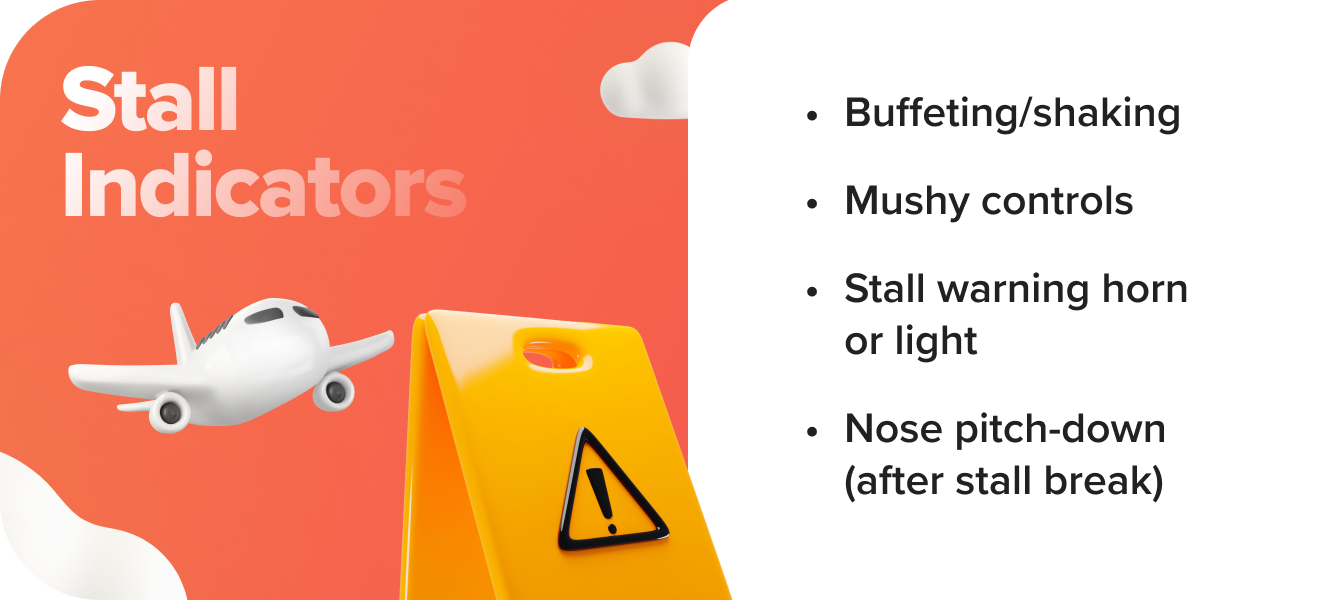
1. Buffeting or Shaking: As the airflow begins to separate from the wing, you’ll often feel a noticeable vibration or “buffeting” in the controls or airframe. This aerodynamic shaking is your first tactile warning.
2. Mushy or Unresponsive Controls: As you slow down and approach the critical angle of attack, the controls (especially the elevator) will begin to feel sluggish or less effective. You may notice that pitch responses are delayed or reduced.
3. Stall Warning Horn or Light: Most training aircraft have a built-in stall warning system. This may be a horn, a light, or both, triggered just before the stall. Treat it as an urgent alert to take corrective action before lift is lost entirely.
4. Nose Drops Suddenly (Stall Break): Once the wing stalls completely, the nose may suddenly pitch downward. This is known as the stall break—the unmistakable moment when the aircraft departs from controlled flight.
Stay ahead of the signs. The goal in real flying is to recover before the full stall break happens. Practice, awareness, and staying coordinated are your best tools.
Power-Off Stall Recovery Procedure
Step-by-Step Breakdown
Stall training may sound daunting, but once you understand the sequence, it becomes a routine skill that builds confidence and safety. Below is the standard power-off stall recovery procedure, often practised during approach-to-landing scenarios.
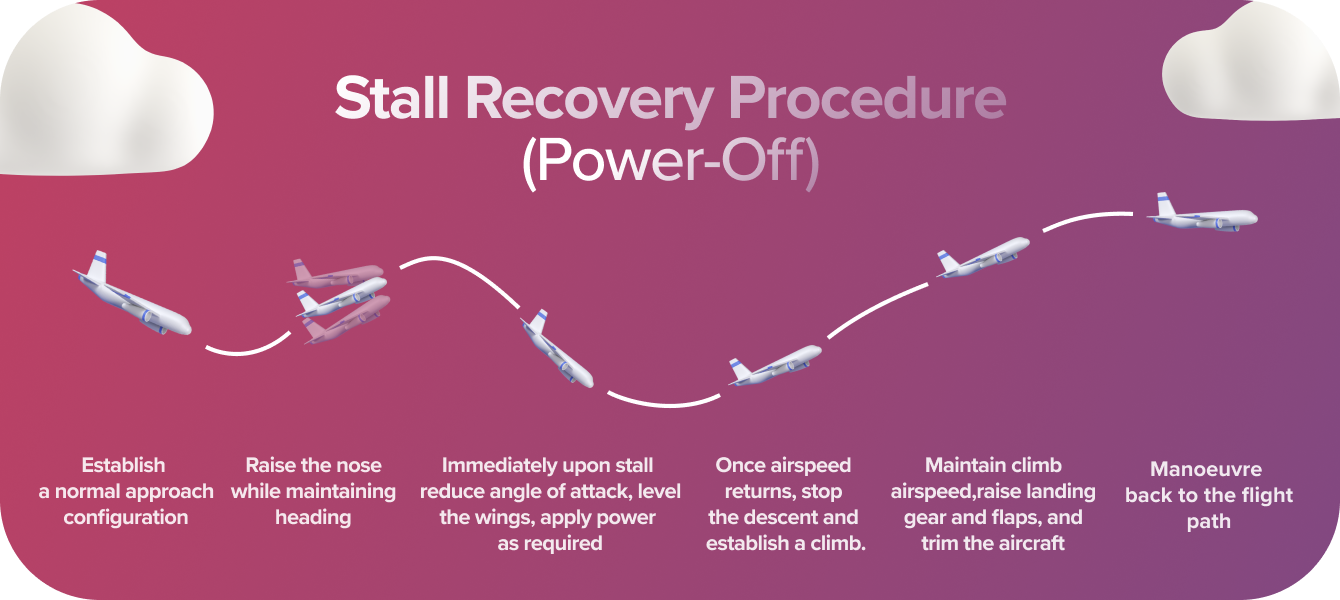
Let’s break it down:
1. Establish a Normal Approach Configuration: Set your aircraft as if you're on final approach: reduce power, set appropriate flaps, trim the aircraft, and maintain a steady descent. This simulates a realistic landing setup where a stall might occur.
2. Raise the Nose While Maintaining Heading: Smoothly pitch the nose upward to induce the stall. Keep your wings level and coordinated with rudder. You’ll feel the aircraft slow down and control responsiveness fade as you approach the stall.
3. Recognise the Stall and Take Immediate Action: As soon as the stall occurs (often felt through a buffet or hearing the stall warning, lower the nose to reduce angle of attack, level the wings, and apply full power. These actions restore smooth airflow over the wings and begin your recovery.
4. Recover with Control: As airspeed builds and control surfaces become effective again, stop the descent and pitch up into a positive climb. Your primary goal here is regaining altitude and control in a stable attitude.
5. Clean Up and Trim: Once in a climb, retract gear and flaps incrementally, maintaining a safe airspeed. Trim the aircraft to relieve control pressures and ensure a steady, coordinated climb.
6. Rejoin the Flight Path: When you're back in a stable climb and safely away from the stall, manoeuvre as needed to re-establish your heading or pattern position. Fly confidently — you're back in control.
See the big picture of aircraft climb: Our blog It's All Connected: TWR, Drag, and the Climb Rates breaks down the vital relationships you need to know. Dive in and understand how it all works.
Watch Out for the Secondary Stall
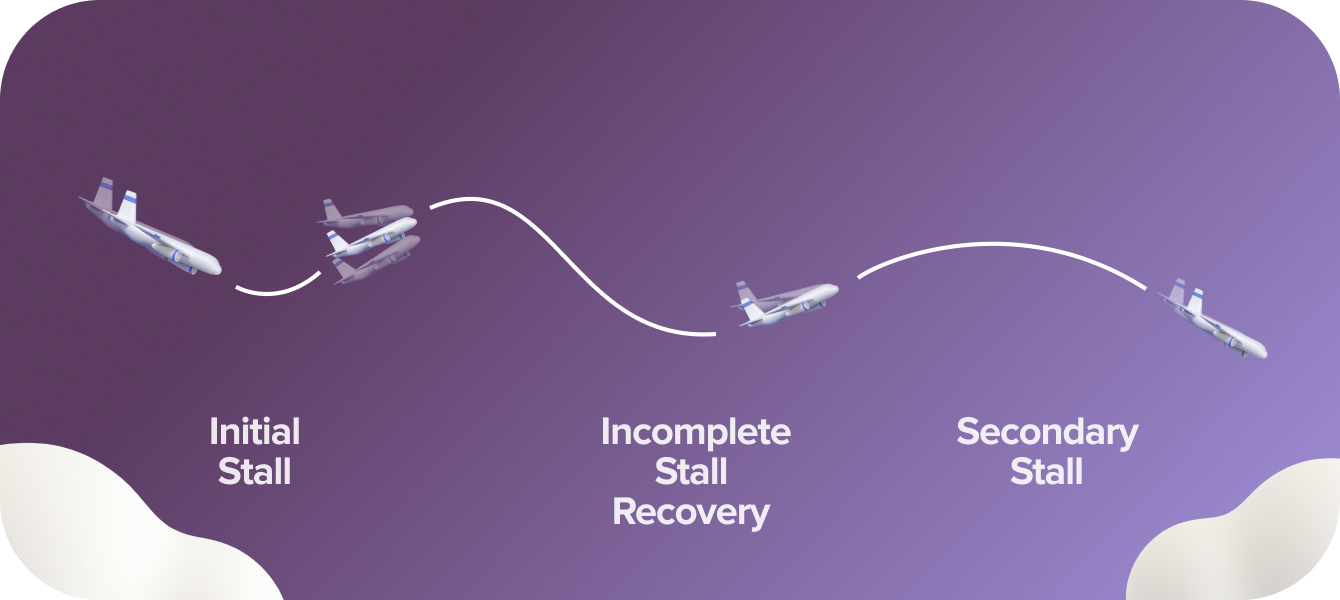
Just when you think you've nailed the recovery — bam! Another stall. This is called a secondary stall, and it typically occurs when the pilot tries to recover too aggressively or fails to properly manage the aircraft's pitch and power after the initial stall.
A secondary stall usually results from over-controlling the elevator — pulling back too hard, too soon, or too fast during recovery. This causes the angle of attack to exceed the critical limit once again, even though the first stall was already broken.
It can also happen if:
You apply full power without managing pitch
You raise the nose too quickly
You retract flaps too early, increasing stall speed
How to prevent it:
Be smooth. Recover from a stall with gentle, deliberate control inputs. Reduce angle of attack first, then add power gradually. Trim as needed to relieve control pressure and stabilize the climb. Fly coordinated — avoid yaw or roll inputs that increase the risk of entering a spin.
Recovery isn't just about pulling up. It’s about controlling the aircraft back to a safe and stable flight path. Patience and precision are what prevent secondary stalls.
Simplify your flying maths: Discover 8 easy rules of thumb in our blog, Pilot Maths, for more intuitive and efficient flight. Start flying smarter today!
Common Misconceptions About Stalls

By now, you understand what causes a stall and how to recover from one. But these classic misconceptions still trip up many student pilots, and even a few experienced ones. So let’s bust a few myths before we sign off.
Myth 1: Stalls only happen at low speed.
Truth: A stall can happen at any airspeed and in any attitude if the critical angle of attack is exceeded. You can stall in a climb, in a dive, or even during high-speed flight if you pull too hard on the yoke.
Myth 2: The aircraft falls out of the sky instantly.
Truth: Most training aircraft stall gradually, with clear warning signs like buffeting, mushy controls, and a stall horn. It’s not a trapdoor moment—but it does require decisive action.
Myth 3: More speed always prevents stalls.
Truth: Speed alone doesn’t prevent a stall. What matters is angle of attack, not just airspeed. In fact, you could be flying fast in a steep turn and still stall if the wing’s angle to the relative airflow gets too steep.
Myth 4: Power always gets you out of a stall.
Truth: Power helps with recovery, but it’s not the first step. You must reduce the angle of attack first—then add power to regain altitude. Power without pitch control can actually make things worse.
Myth 5: Stalls are dangerous and should be avoided at all costs.
Truth: Stalls are a natural part of flight, and they’re safe when trained for. Knowing how to identify and recover from them is part of what makes you a confident, capable pilot. The more you fly, the more you’ll feel what your aircraft is telling you. And when it whispers “angle of attack,” you’ll know exactly what to do.


